Historical fiction deserves its own category, don’t you think? After all, the Golden Globes separate drama from musical and comedy. That way they don’t have to play favorites, unlike the Oscars, where the judges have to choose just one Best Picture.
I’m not saying that historical fiction doesn’t compare to literary fiction, that it lacks the same depth and swagger, because oftentimes it doesn’t. But I do believe that the reader of historical fiction is looking for a slightly different experience.
We’re looking for a unique insight into history through story. We know where the nonfiction section is, and we spend a lot of time there too, but that’s not what we’re looking for when we read historical fiction. We want a good story. We’re looking for a hybrid experience where we can make an emotional connection to characters and events from the past.
We admire the research the author has done, and we also appreciate it when they’re savvy enough not to let it show. (A nod here to Barbara Shapiro, author of The Art Forger, one of my favorite historical fiction books from 2012, who said that her writing group used to warn her: “your research is showing.”) Historical research is a skill that not all authors have the skill or interest in. And fitting a story into a historical theme and setting, with real pesky facts to deal with, is no easy task. You can’t just make this shit up.
My Top Historical Fiction 2013
1. The Good Lord Bird by James McBride
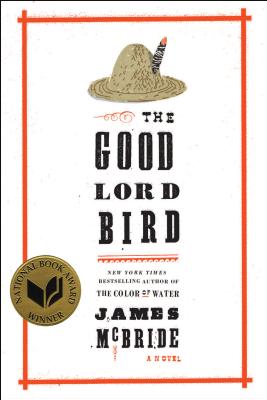
It’s hard to argue with a book that has that magical golden sticker on it, isn’t it?
At the time I was reading this book — which is knock-your-socks-off fabulous by the way — I kept thinking to myself: this is how you do it. This is how you write historical fiction.
McBride made up one of the best fictional characters I’ve ever met — a cross-dressing mixed-race ex-slave — and plunked him down in the middle of an intense historical conflict. The story of John Brown’s raid on Harper’s Ferry is about as intense as it gets, but with McBride’s Mark Twain-like sense of humor, a brutal Civil War story becomes rollicking good fun. It’s so good it’s like watching fireworks.
2. The Aviator’s Wife by Melanie Benjamin
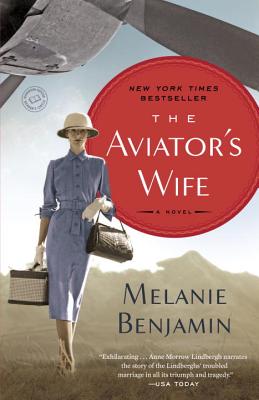
No one gets in the heads of famous women of history better than Melanie Benjamin.
She started with Alice Liddell in Alice I Have Been, tackled Vinnie Bump in The Autobiography of Mrs. Tom Thumb, and now in The Aviator’s Wife, Benjamin has soared to new heights. She literally brought Anne Morrow Lindbergh out of the big dark shadow cast by her famous husband, the aviator Charles Lindbergh.
This story gave me completely new insight into an author I’ve admired for many decades — Anne Morrow Lindbergh wrote Gift From the Sea, a series of early (1955) feminist essays with a beach combing theme — and sent me back to her writing with a whole new perspective on her life and times. I can’t wait for the movie with Jennifer Garner.
3. Longbourn by Jo Baker

I can’t believe how much I loved this book. I’m begging my book club to choose it as soon as we can. It’s a total slam-dunk for fans of Downton Abbey or Pride and Prejudice. Told from the point of view of the Bennetts’ servants, it shows us that the downstairs lives are just as rich and full and interesting as those upstairs.
As I was reading along, I kept thinking of Harriet Tubman’s quote: “Aint I a Woman too?” It will make you reexamine many of the classics from literature, and wonder, but what did their downstairs folks think?
One of my favorite moments in Longbourn was when the head maid Mrs. Hill had a moment to contemplate her own life, and wondered: “Would she someday have what she wanted, rather than rely on the glow of other people’s happiness to keep her warm?”
4. Z: A Novel of Zelda Fitzgerald by Therese Anne Fowler
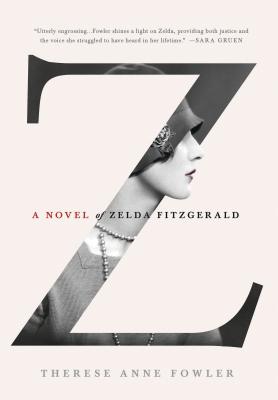 It’s about time.
It’s about time.
Ernest Hemingway had his turn for much too long. Ever since his Moveable Feast in 1964, we’ve all dismissed Zelda Fitzgerald as crazy, drunk and suicidal.
As Therese Fowler herself has pointed out, it’s called “gaslighting.” It comes from the 1944 MGM film, Gaslight, starring Ingrid Bergman. (Her husband wants to drive her crazy, so he sets their gaslights to flicker off and on, and when she complains, he tells her she’s just seeing things.) Hemingway gaslighted Zelda in Moveable Feast and tainted our perception of her for decades.
Finally, Therese Fowler gives Zelda her voice back. And thank goodness, because what great stories she can tell about the Lost Generation. It’s payback time, Ernest!
5. The Painted Girls by Catherine Marie Buchanan
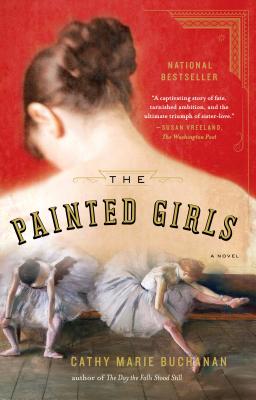
In The Painted Girls, Catherine Marie Buchanan explores the seedy side of Belle Epoque Paris, and tells a story of the petit rats, the young ballerinas of the Paris Opera, and in particular, the story of Marie van Goethem, the girl who posed for Edgar Degas’ Little Dancer, age 14.
Buchanan did her research (yay) and discovered that Degas exhibited Little Dancer in 1881, right next to his painting Criminal Physiognomies, which featured two young men accused of murder. Both the Little Dancer and the men in Criminal Physiognomies shared facial features that 19th century Parisians associated with some kind of criminal underclass. Buchanan tied these characters together to make a dark and suspenseful plot.
When my book club read this book, we watched the entire BBC documentary about Little Dancer, age 14 that inspired Catherine Marie Buchanan to write this book. It was a great combination. (I now notice that the YouTube video has been muted due to copyright issues, so you might need to hunt around a little to find it.)
6. The House Girl by Tara Conklin
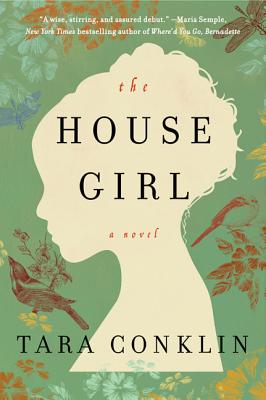
The House Girl by Tara Conklin has two intertwined plots: one is the story of a young slave, a “house girl” named Josephine Bell, and the other is the story of Lina Sparrow, a young lawyer assigned to a high-stakes class action lawsuit for reparations payments to the descendants of American slaves.
The two stories merge into one when Lina Sparrow’s search for the perfect representative plaintiff leads her to a brewing controversy in the art world. It turns out that the famous paintings of the antebellum artist LuAnn Bell, a Virginia slaveholder, may have instead been painted by her house slave, Josephine Bell. Lina begins an urgent search for Josephine’s possible descendants, in hopes that the truth will remedy the wrongs of the past.
Both threads of the story complement each other in a way that makes for an intriguing and thoughtful novel. Although many early readers seemed to enjoy Josephine’s story more, I have to say I loved Lina’s story just as much. Lina is the link between the past and the present. Her story shows us just how complicated the search for long overdue justice can be.
7. My Notorious Life by Kate Manning
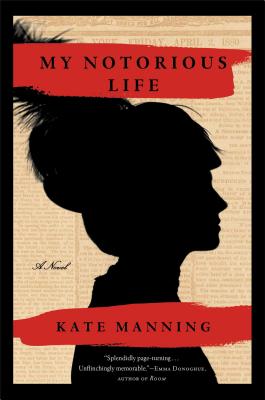
Based in part on the true story of a notorious Manhattan midwife in the mid-1800s, this is a marvelous story full of Dickensian characters, but none more vividly imagined that the utterly delightful Axie Muldoon.
Axie battles ignorance and arrogance as she fights for women’s right to take control of their own health care in a time when choices were few and the consequences were dire. With a nice mix of both hero and villain, Axie will win your heart and make you cheer for the defeat of her enemies.
Fun fact: Axie Muldoon has her own Twitter account where she tweets in character. Check it out here.
8. Yonahlossee Riding Club by Anton DiSlcafani
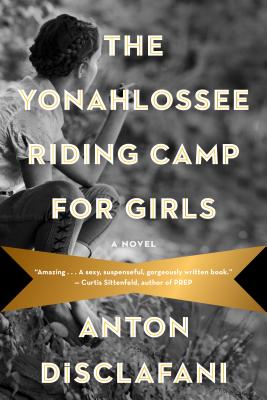
This book is one fun ride.
It’s set in a North Carolina equestrian camp for southern debutantes during the 1930s. Isn’t that just marvelous? What more do I even need to say?
But there is indeed more. This is a coming-of-age story of a teenage girl named Thea who has been banished from home because of a shameful secret. Thea struggles with the guilt and responsibility her family wants her to feel, but in the course of her year at the camp, she learns to think for herself. And sometimes that gets her into even more trouble. . . .
It’s a compulsively good read.
9. Mary Coin by Marisa Silver
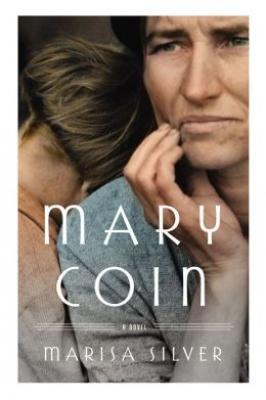
Just take a minute and enjoy the cover of Mary Coin, taken from the iconic photograph Migrant Mother by Dorthea Lange. Just look at that face of the migrant mother. Pretty powerful stuff, huh?
Well, I’m glad to say that the story imagined by Marisa Silver measures up to the photograph, which is no easy task. Silver imagines a full life not only for the migrant mother, but also the female photographer who defied convention to live the professional life she desired. Then there is a third character, a professor of cultural history who teaches his students how to find the big truths of history in the small moments and in the ephemera that remains — “the molecules of the past” that most academics overlook.
Here is a great example of historical fiction done well. It tells us an even bigger and more powerful story than a simple nonfiction approach could have. Bravo.
10. The Signature of All Things by Elizabeth Gilbert
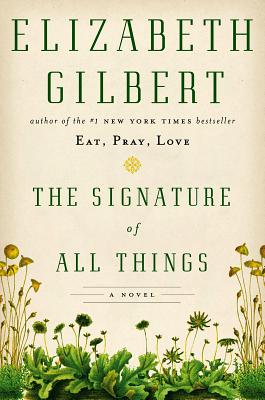
My book club is reading this book this month, so I haven’t yet heard what they all think of it. I have a feeling that reaction will be mixed.
On the one hand, I admire Elizabeth Gilbert’s ambition and determination to explore the story of an intelligent and frustrated 19th century woman who lacks sufficient outlet for her energies, both intellectual and social. It is a beautiful imagined study of what that kind of life would feel like.
Gilbert spins a fabulous, epic story of adventure, travel and risk for Alma Whittaker’s father, and then she creates a blissful and fascinating childhood for Alma, full of books and learning and big hopes. Luckily, Alma finds a field of study – the study of mosses – to keep her challenged and engaged in what would otherwise have been a long and lonely life.
As much as I truly enjoyed this story, there are times in the book when I just had to shake my head and say, hmmm, that was weird, was that really necessary? You’ll know exactly what I mean when you get to the moss-covered cave in Tahiti.
11. The Daughters of Mars by Thomas Keneally
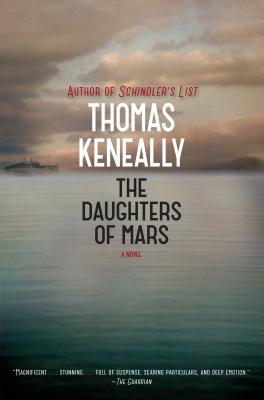
From the author of Schindler’s List comes the story of two Australian sisters who join the World War I effort as nurses, and whose epic adventure brings them to the Battle of Gallipoli and the Western Front in France.
Keneally’s nurses are brave and strong, with large emotional lives and a complicated history back in Australia that make their inner challenges as interesting as their outer ones.
The Daughters of Mars is a real tour de force in a crowded field of World War One stories in this centennial year. Oh! and the ending!


































